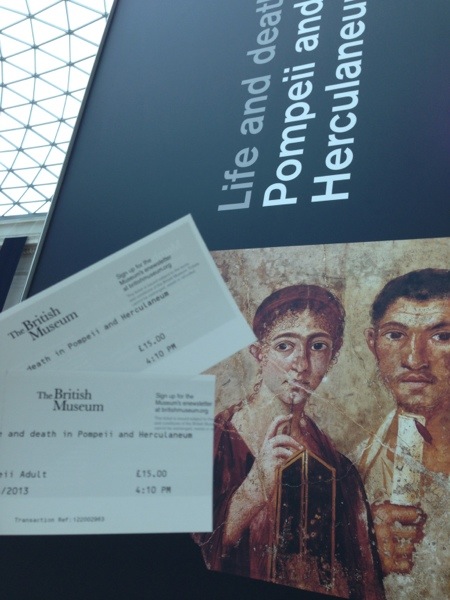
Tickets to the sold-out exhibit.
The intriguing allure of “The Life and Death in Pompeii and Herculaneum” exhibit at The British Museum in London is due to its intimate characterization of daily life in the two Roman towns before their destruction by the eruption of Mount Vesuvius in 79 AD.
Full-sized depictions of carbonized dogs and people (these are not actual canine and human remains, but were created by making molds during the excavation) killed almost instantly convey the tragedy of the earthshaking event.
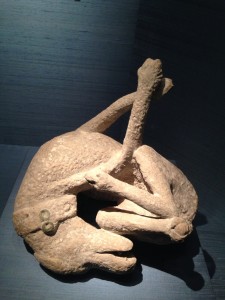
A dog contorted in agony

A muleteer caught in a crouch
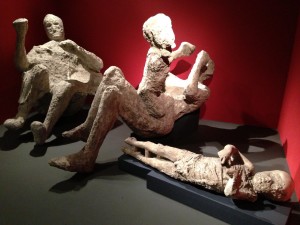
The horrific replication of a family that perished together
However, it is the carbonized food, sword, baby crib, ornate lamp stand, jewelry, medical instruments and household appliances that create an eerie and emotional impact during a ninety-minute stroll through the sold-out exhibit (Book online now for June!) that ends Sept. 29.
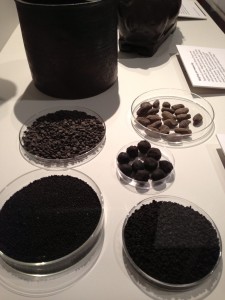
Olives and other food eaten in Pompeii.
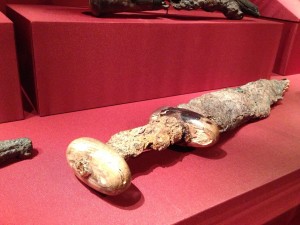
A carbonized sword.
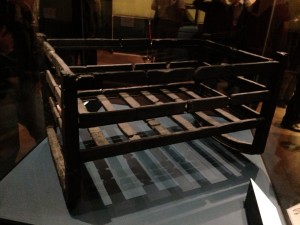
A wooden crib is in perfect condition.
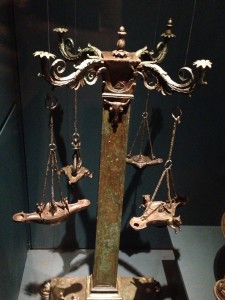
Oil lamps used to illuminate a garden.
There’s also a revealing glimpse into sexuality. Nakedness was apparently more accepted then than it is today and the male organ is frequently displayed, often in an exaggerated state.

The British Museum makes this claim, not me.
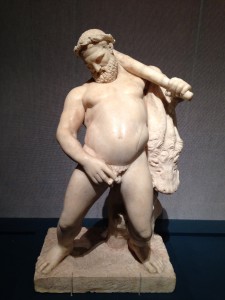
Hercules let’s it all hang out.
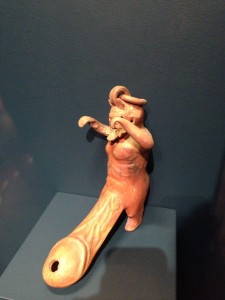
Even lighting fixtures had a sexual flare.
But the biggest surprise, for me anyway, is that I’m not the only one who considers dormice a delicacy.
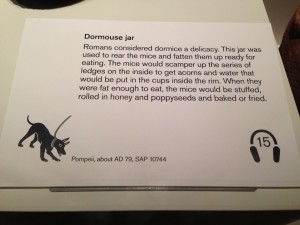
And I thought I was the only one who liked dormice.
Text and photos by Joel Stratte-McClure.

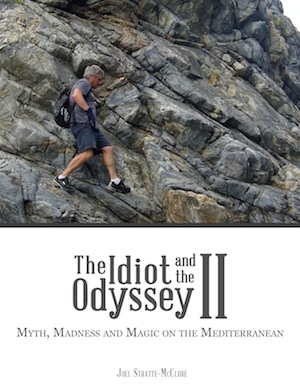


 Follow
Follow
One Response to Snapshots at an Exhibition